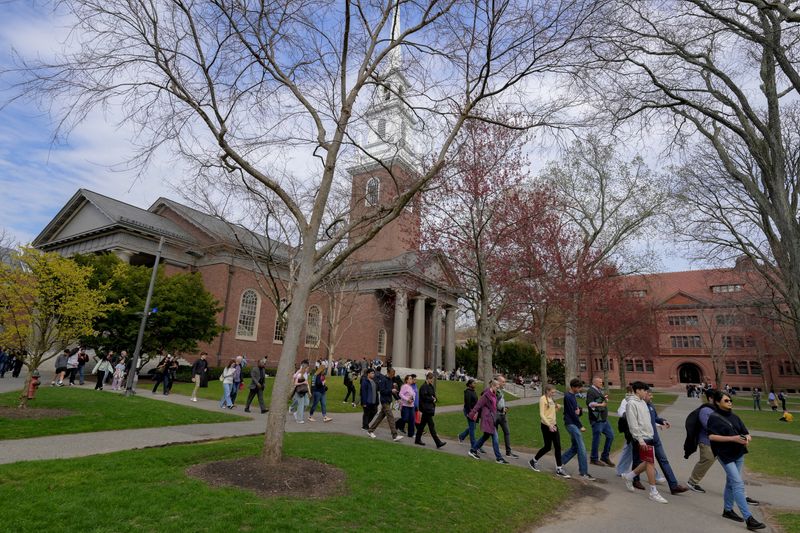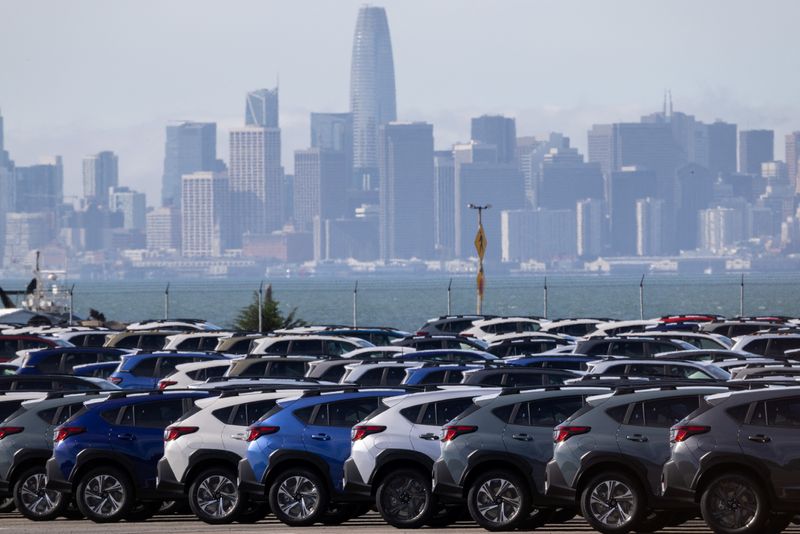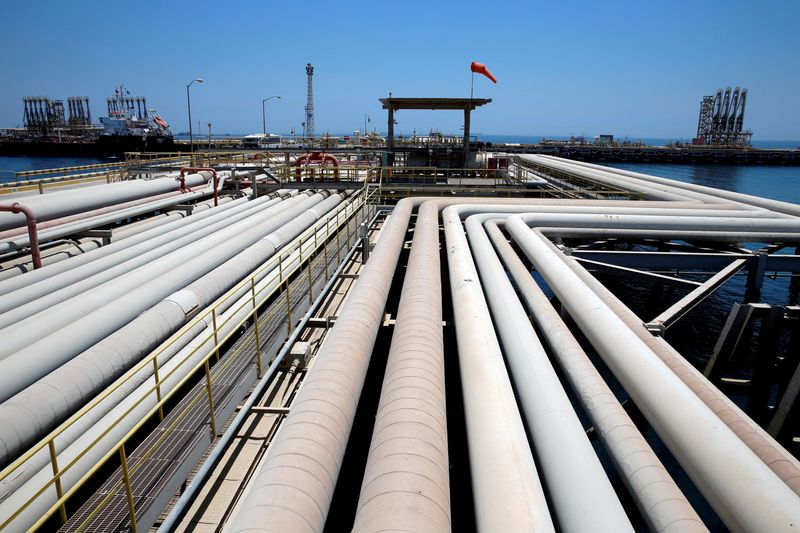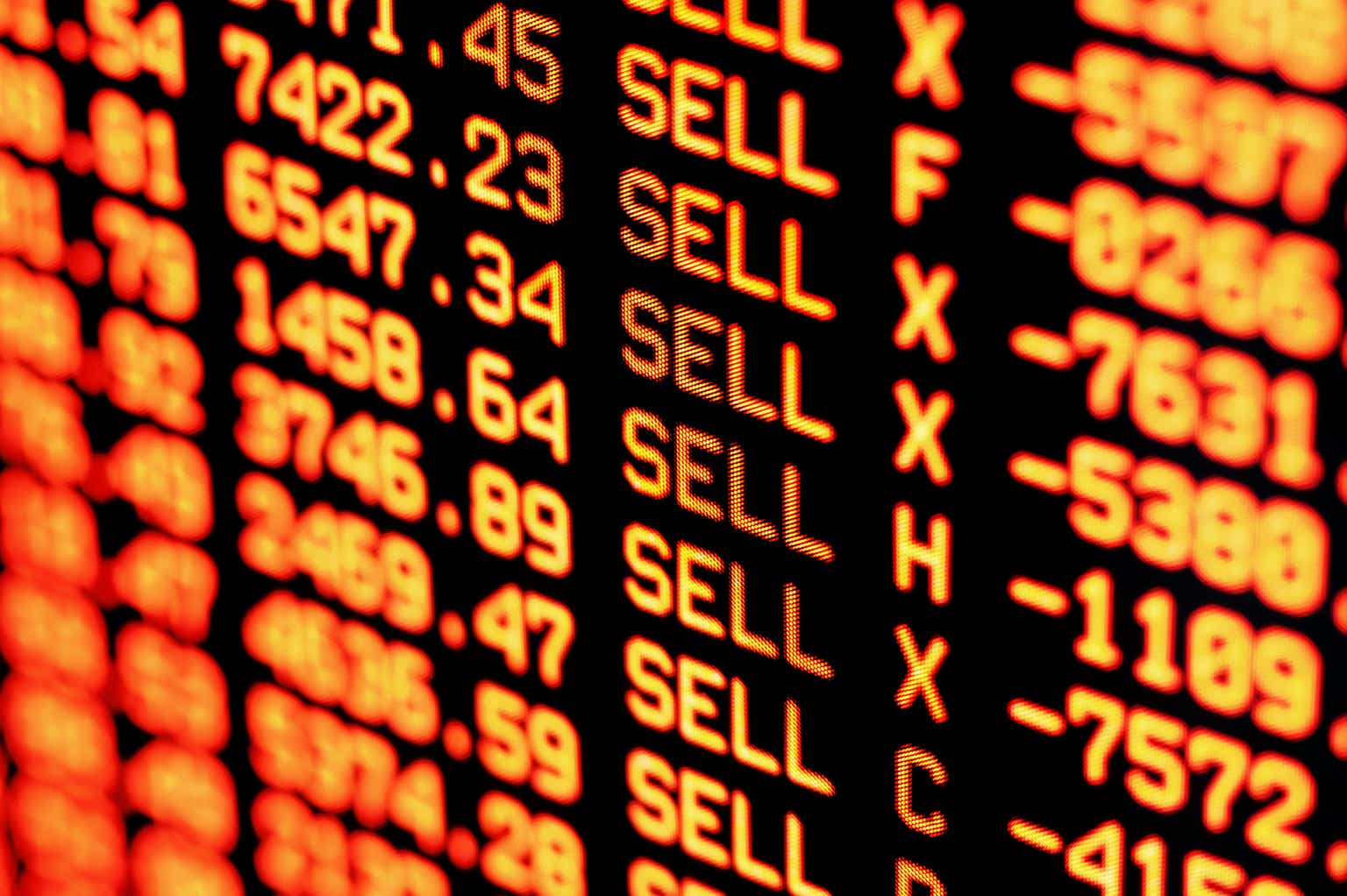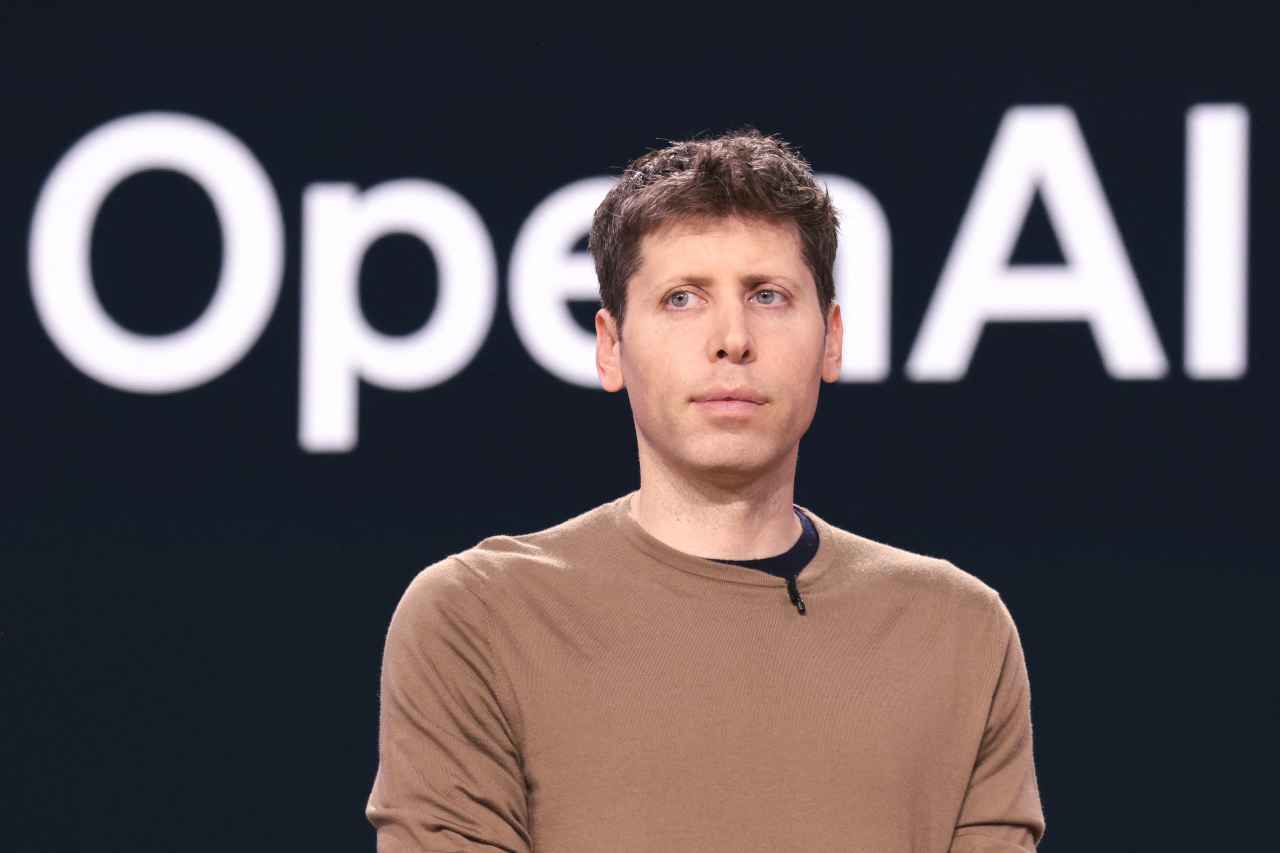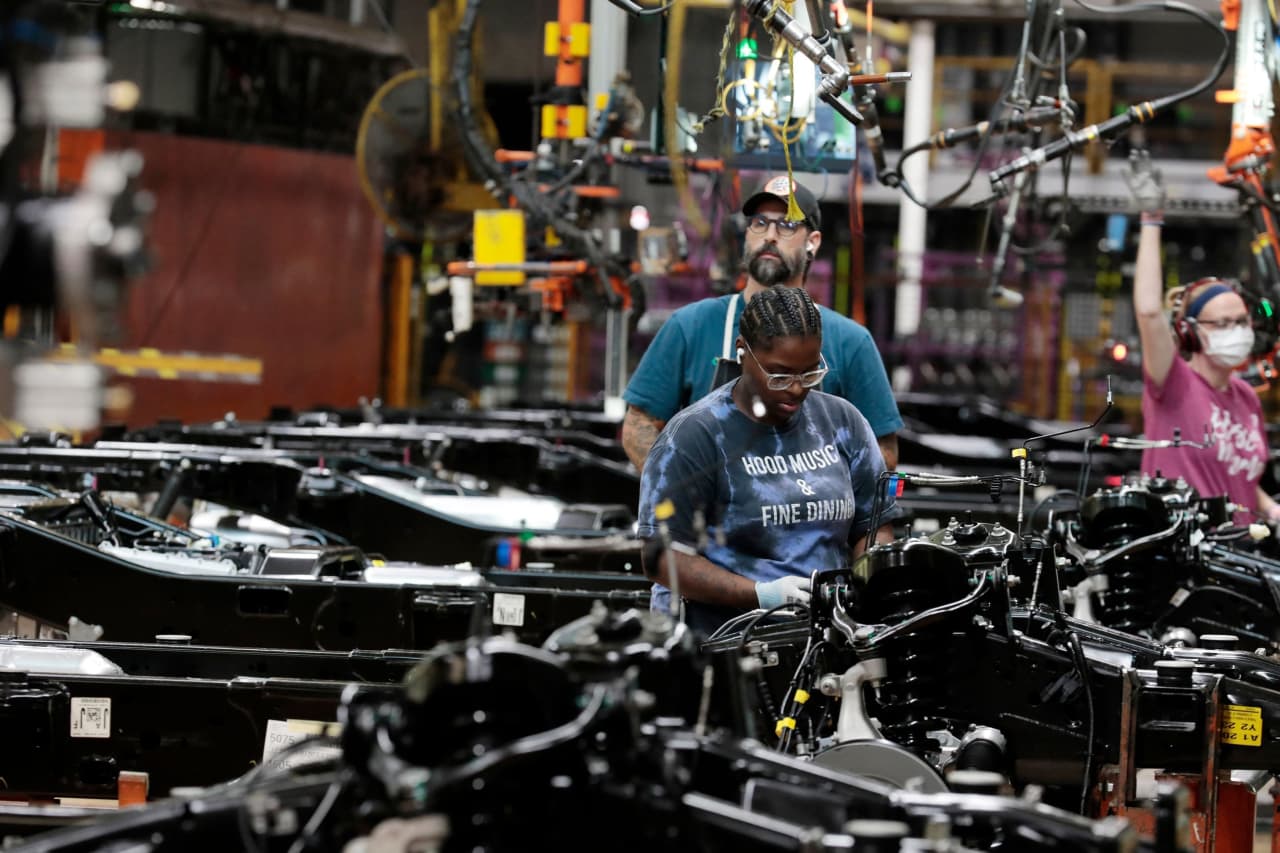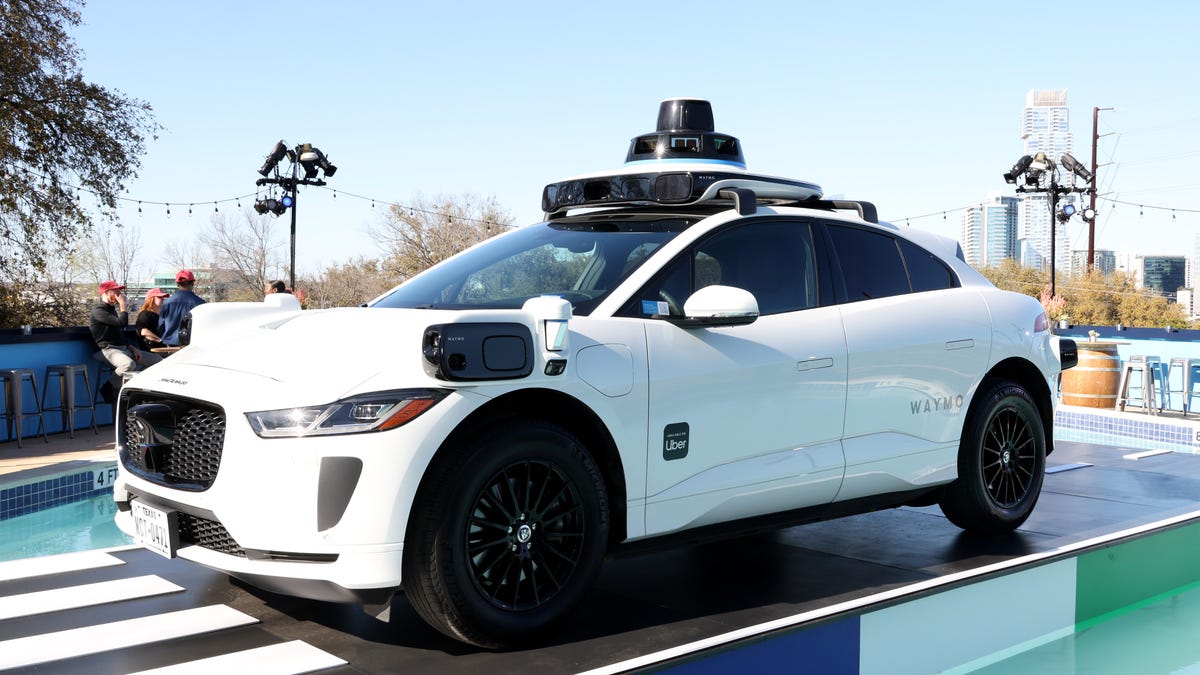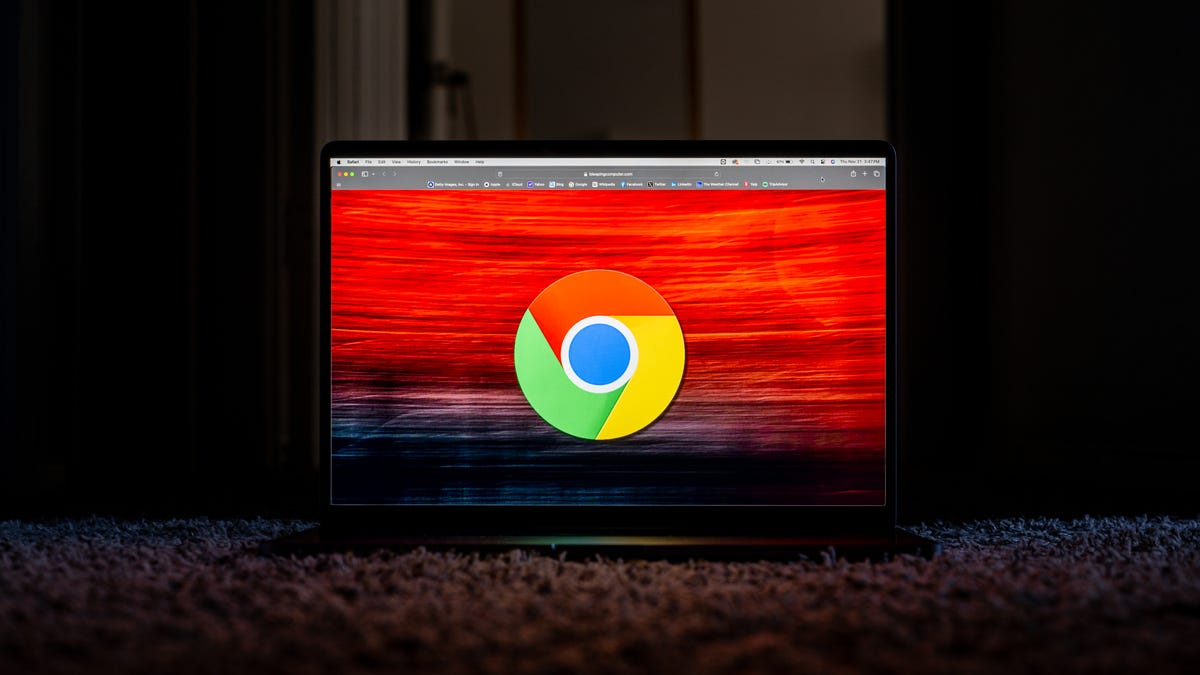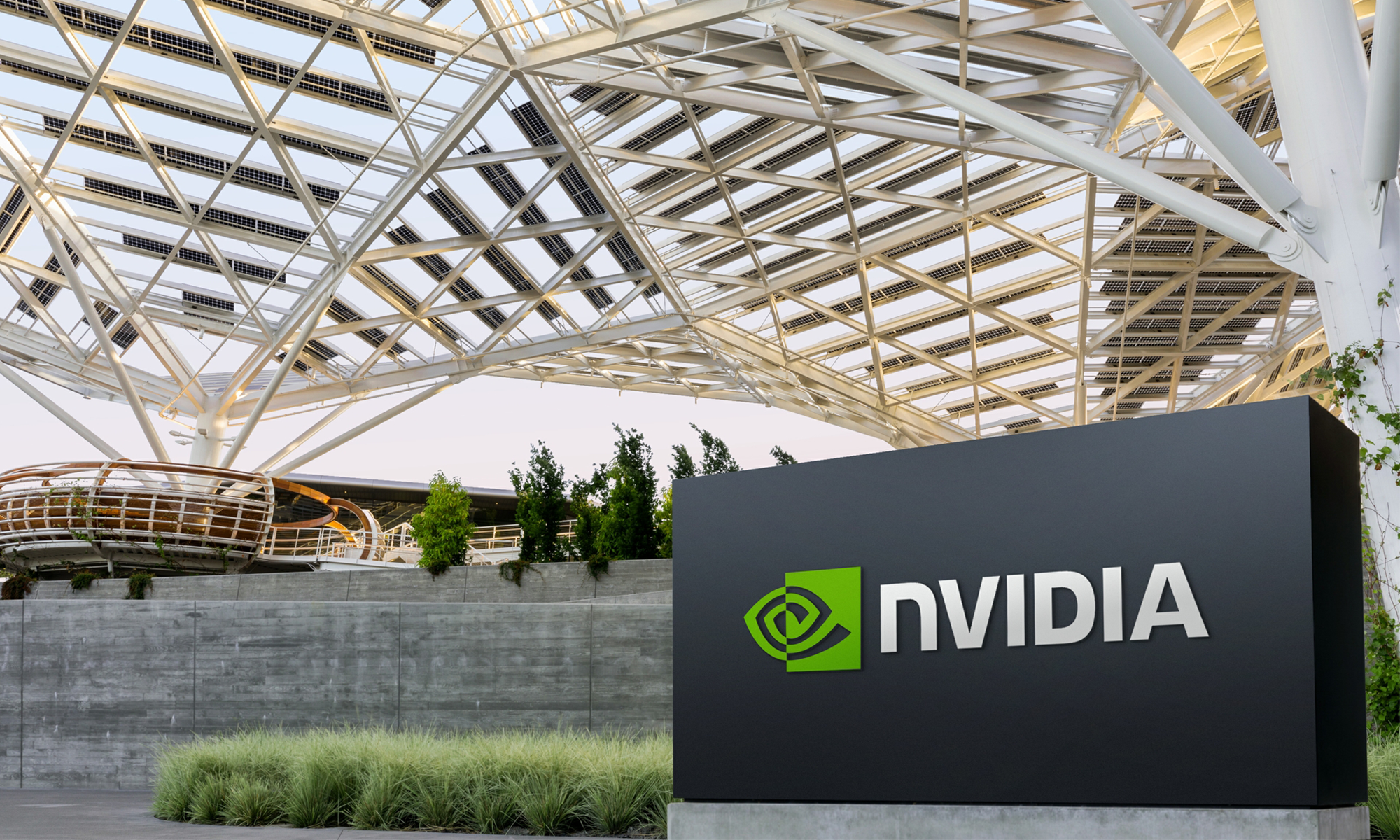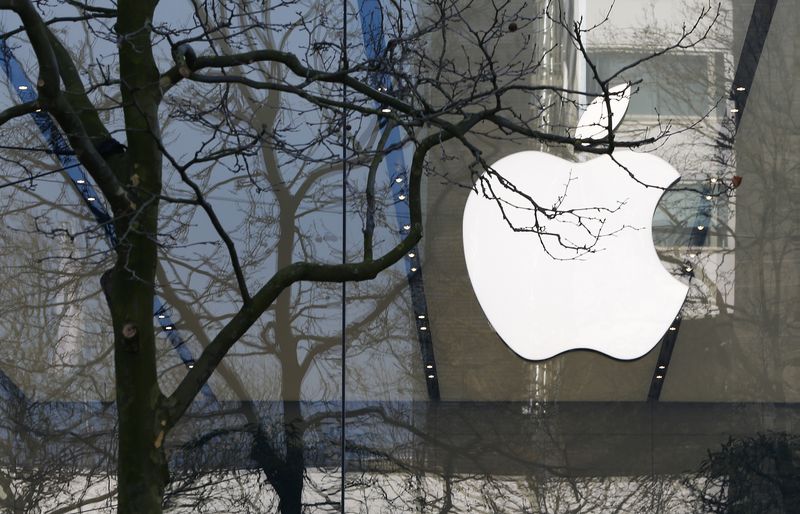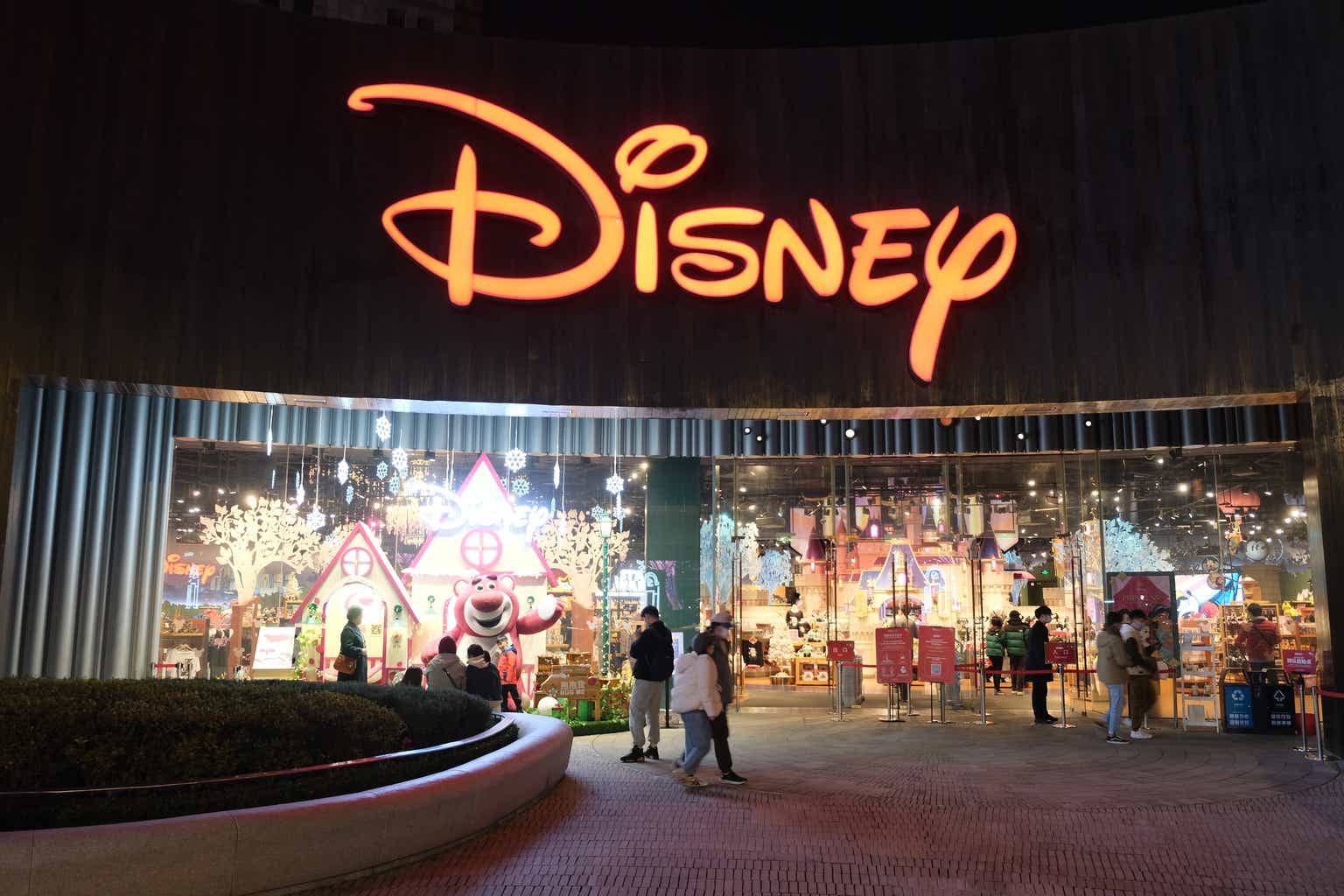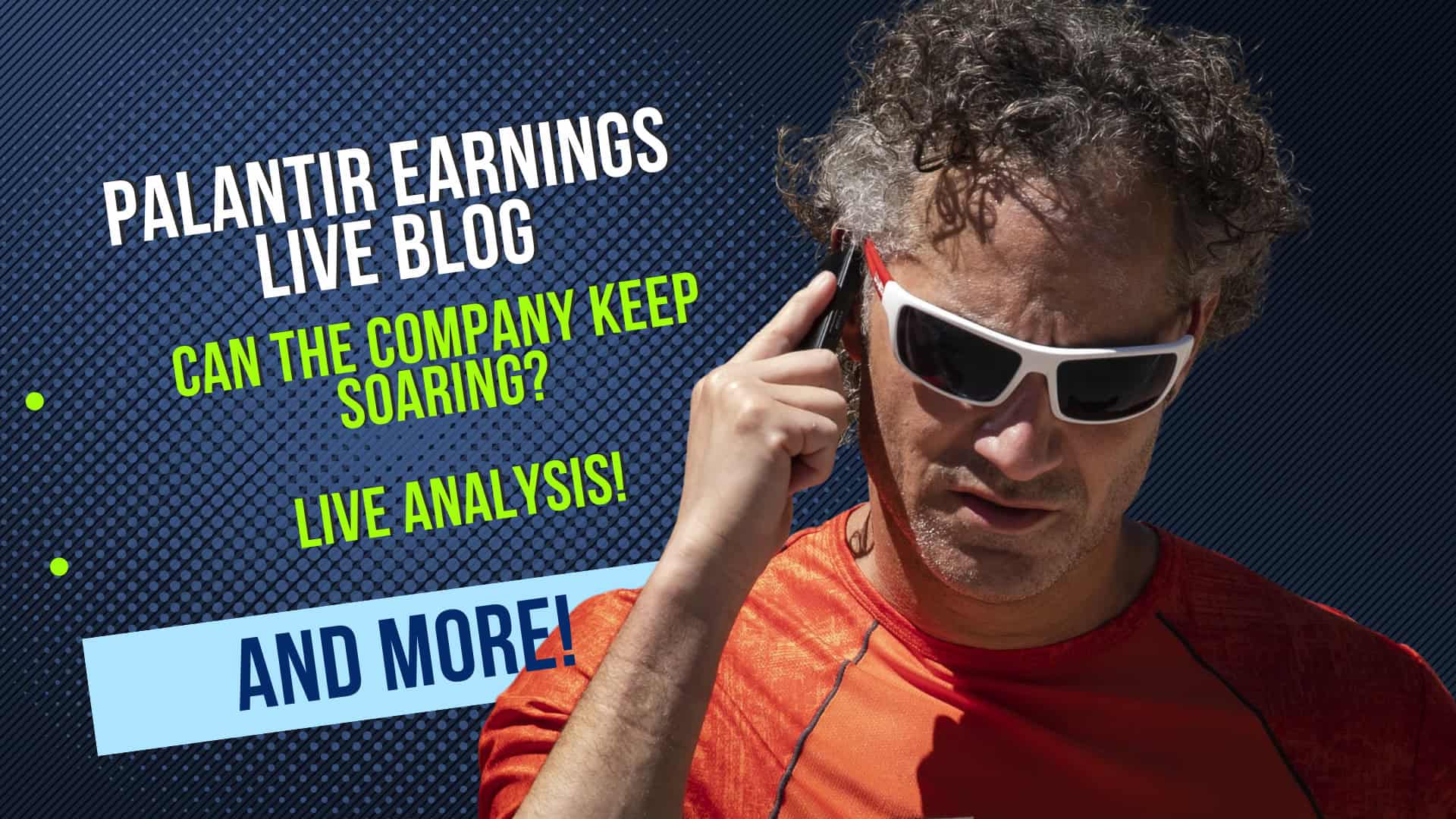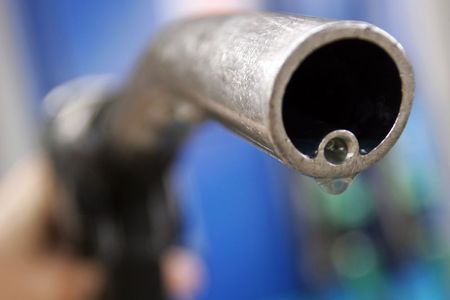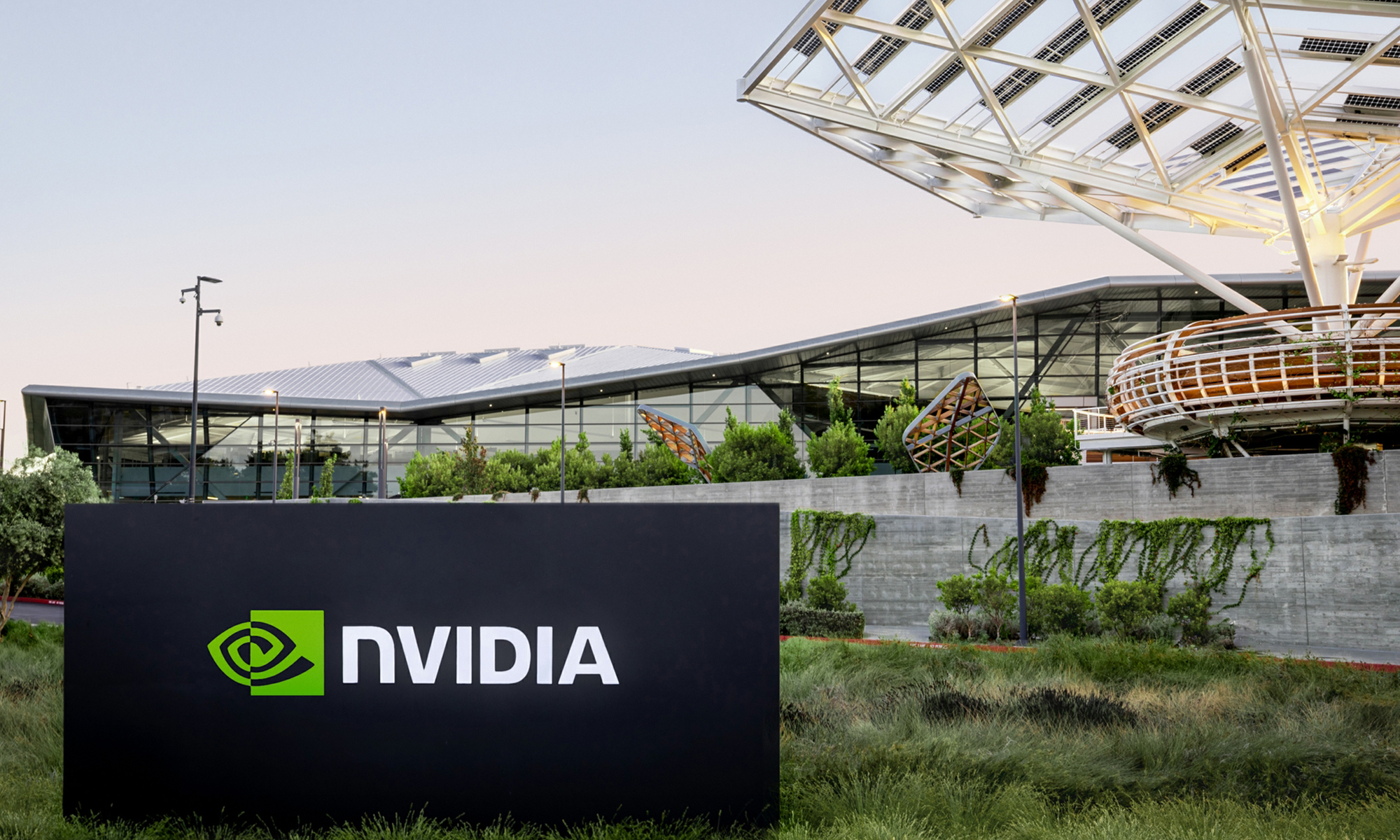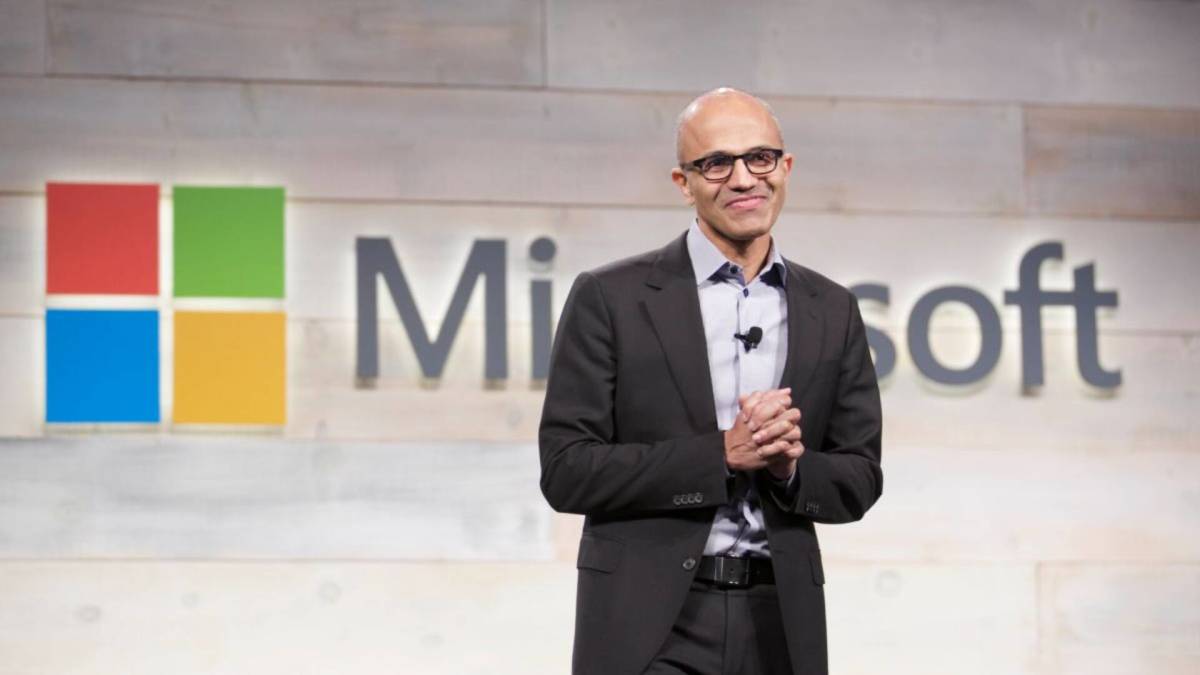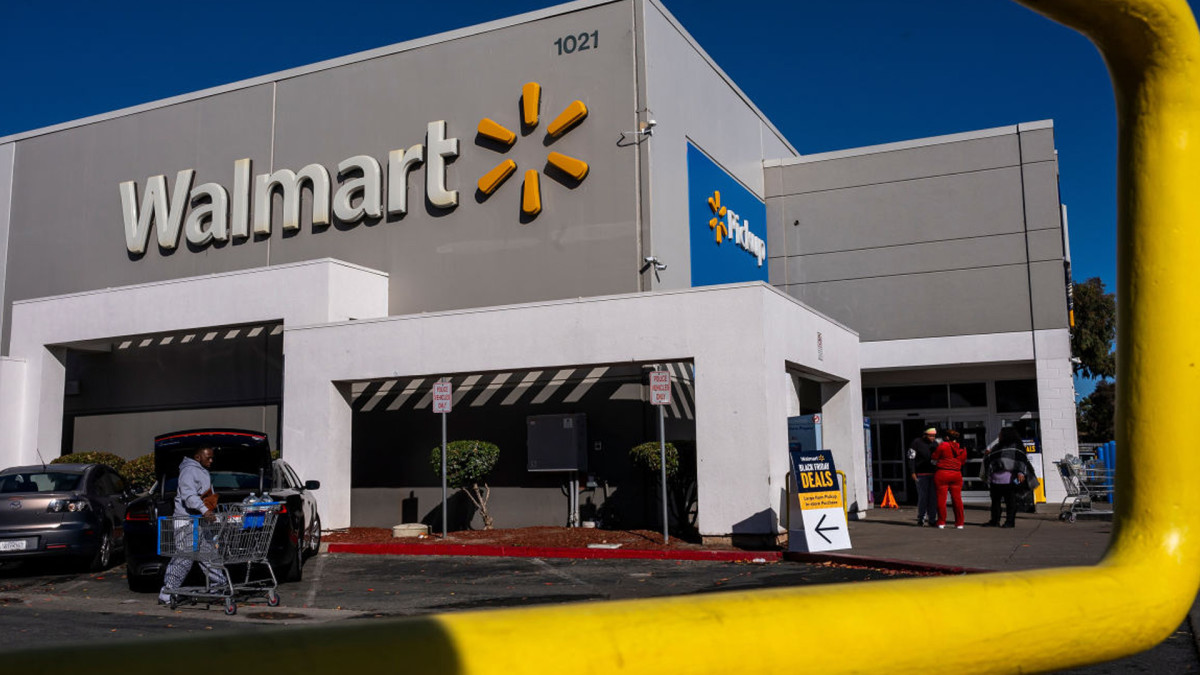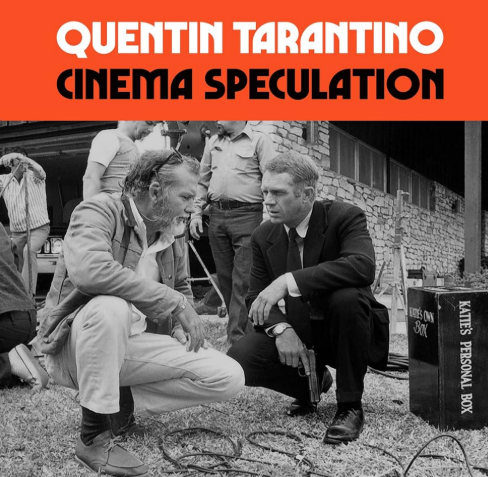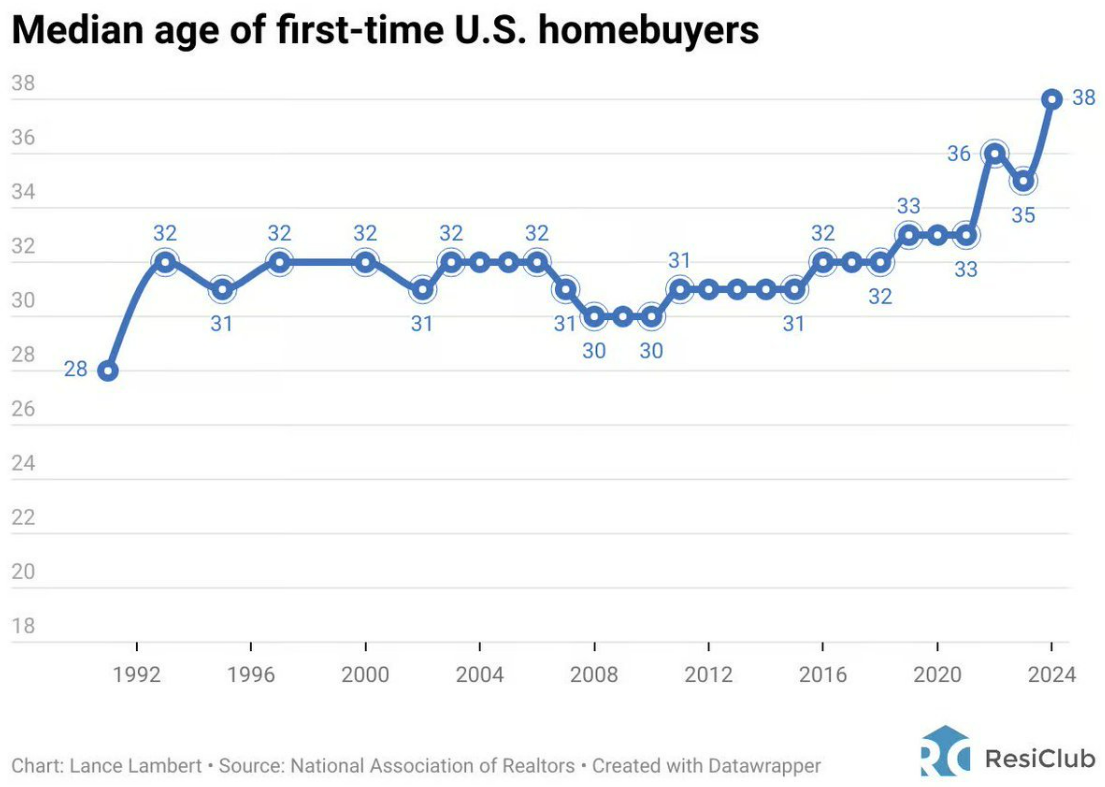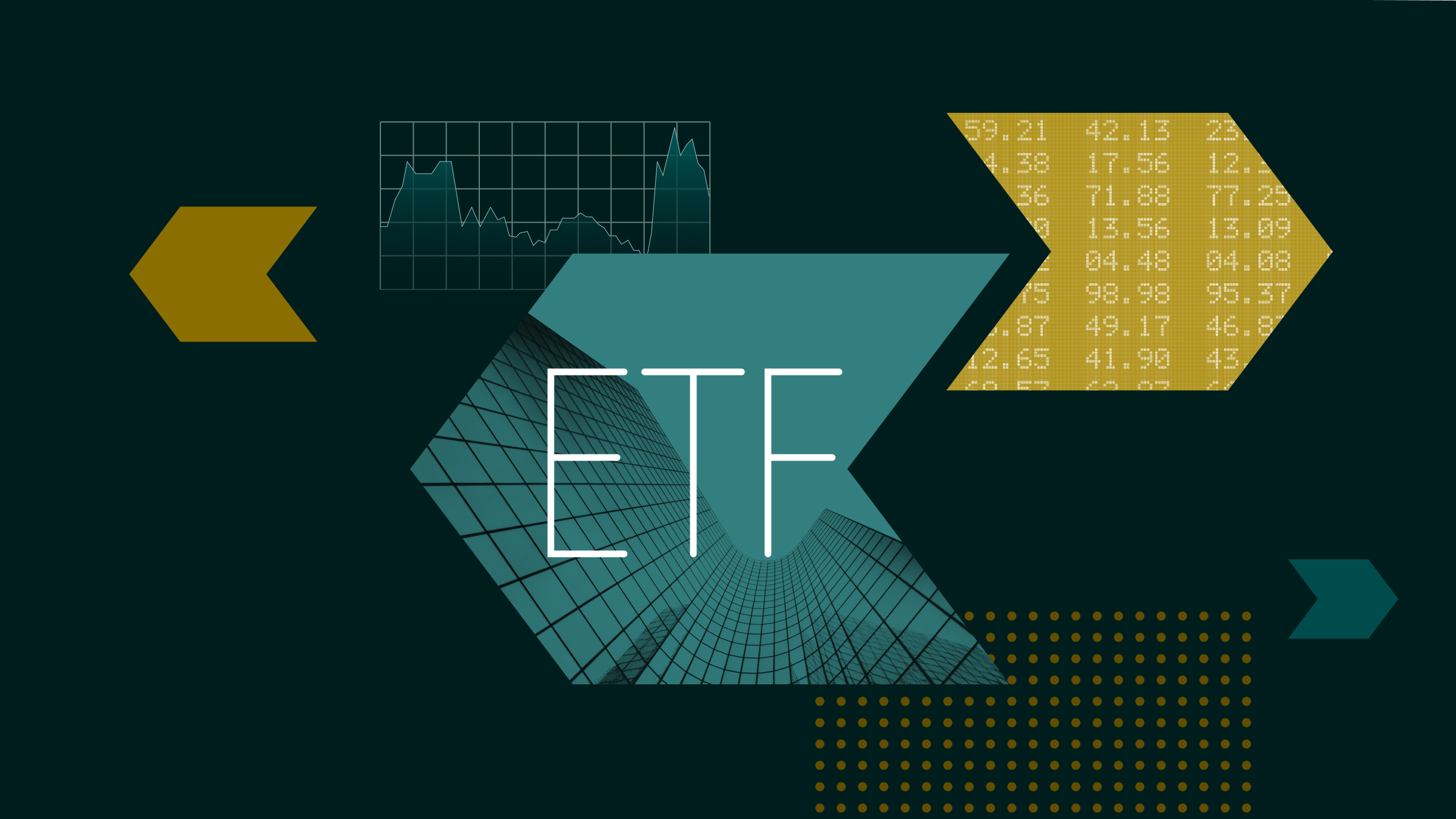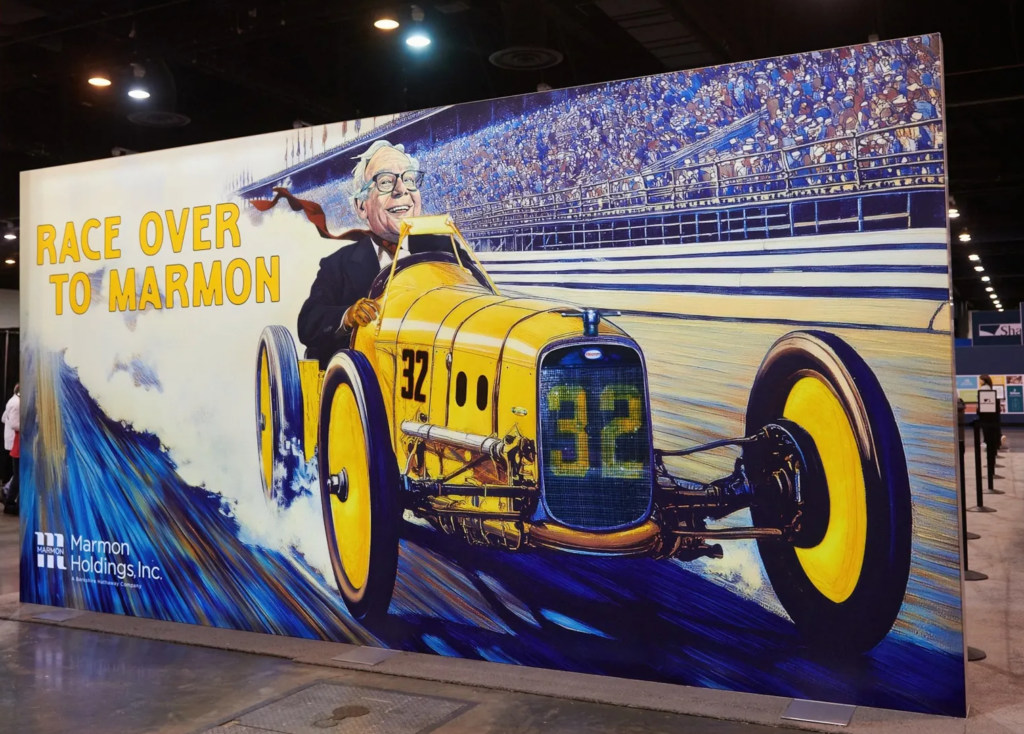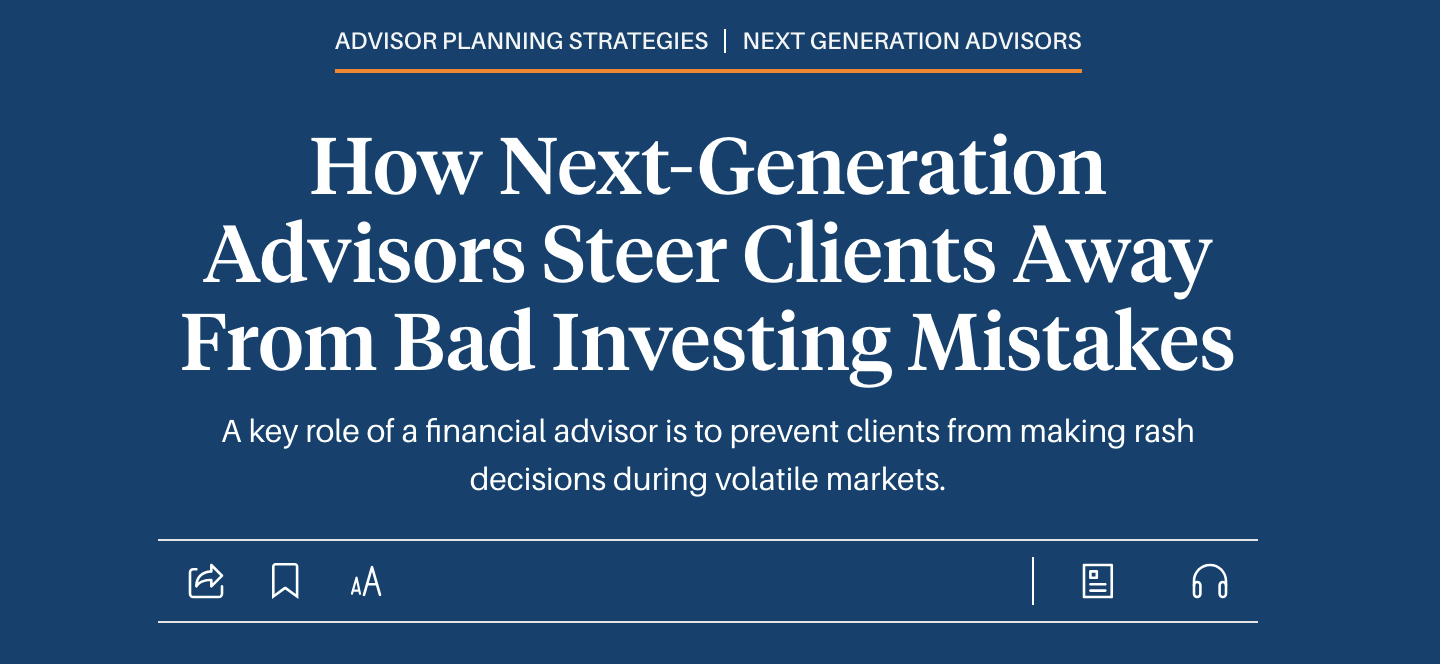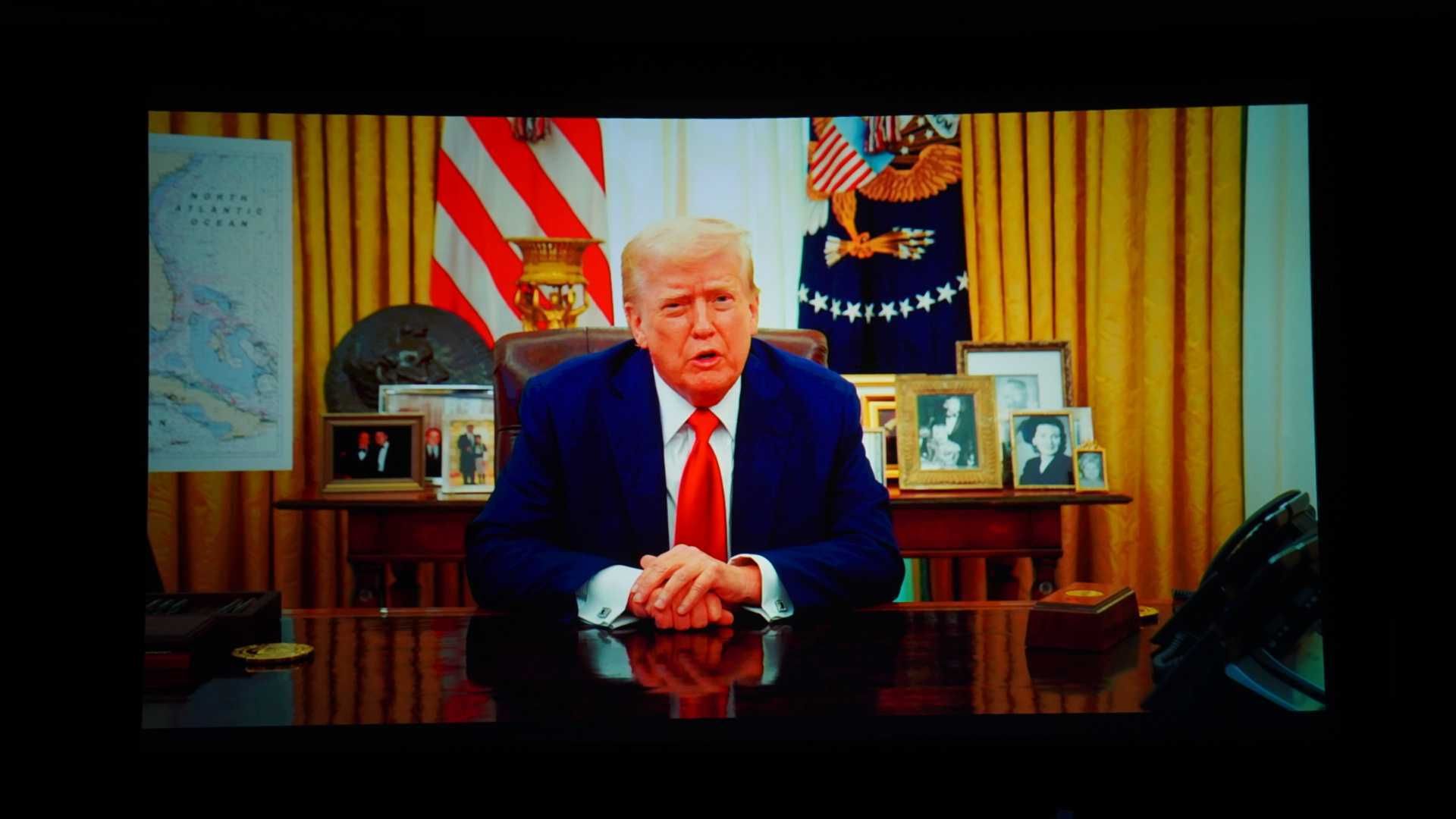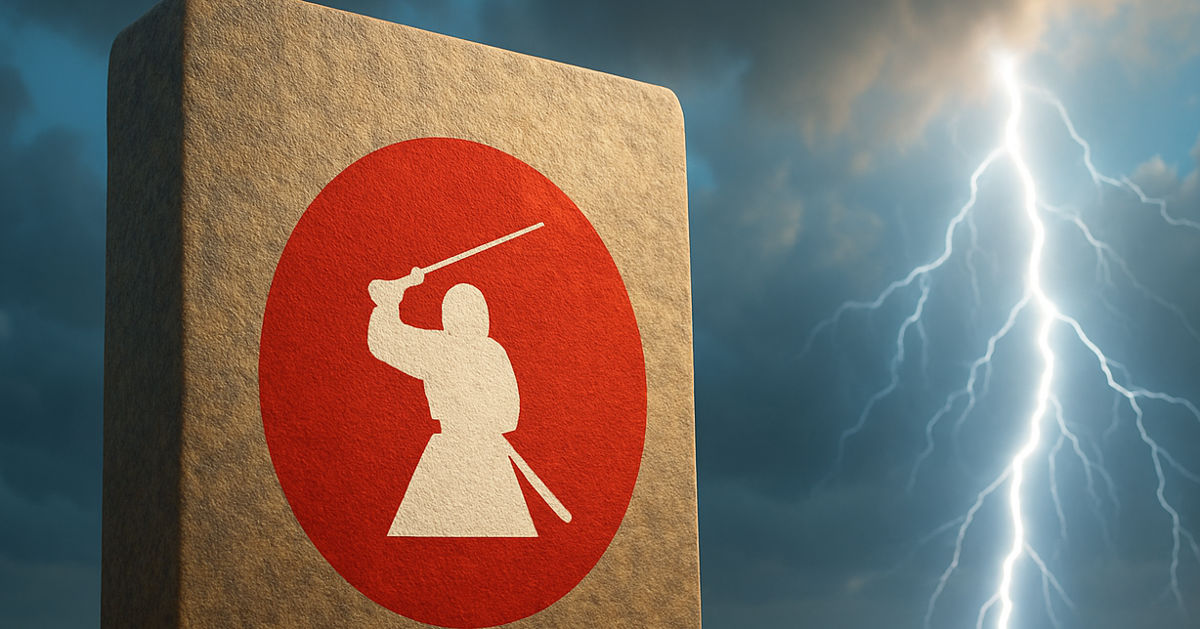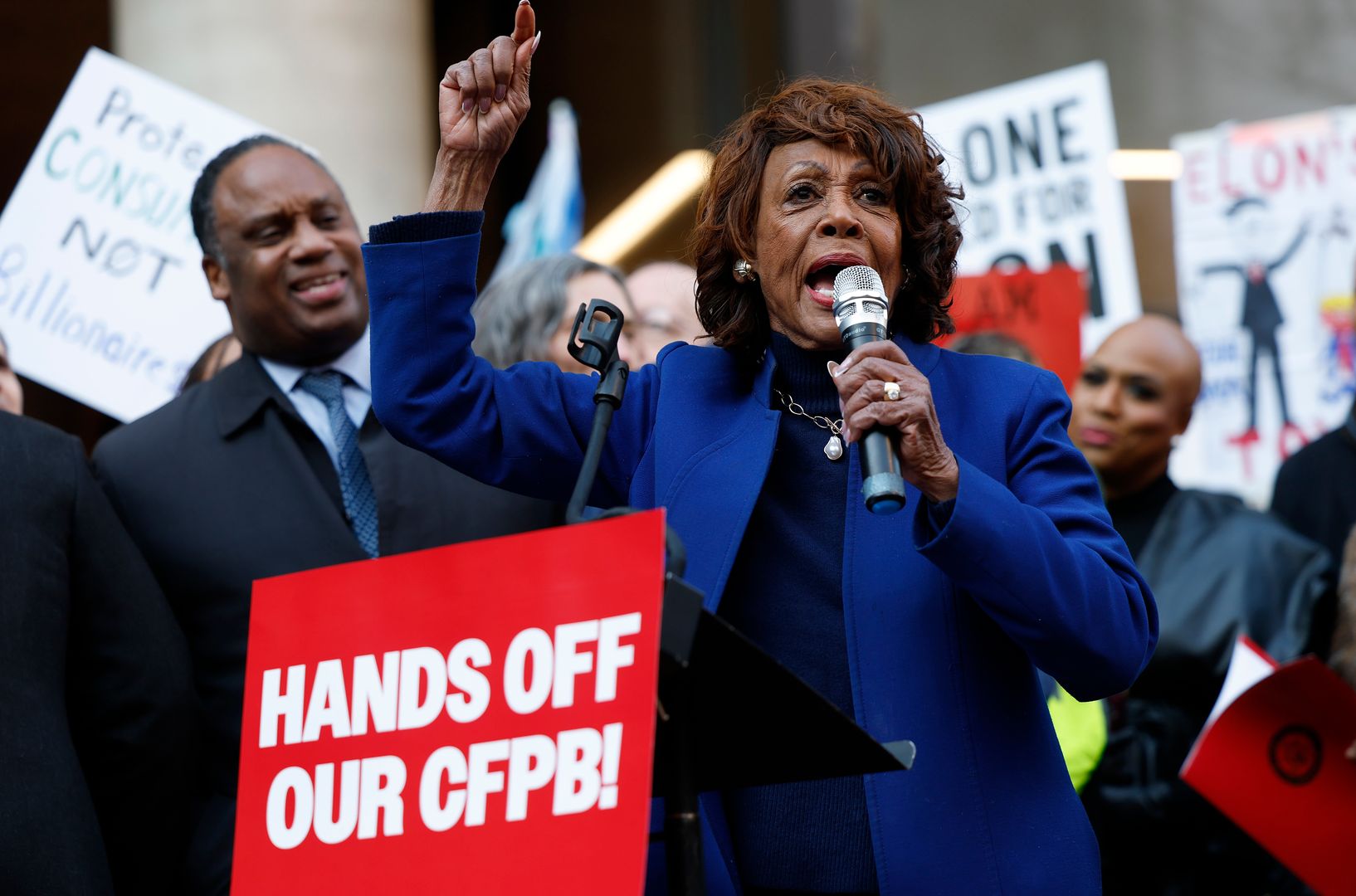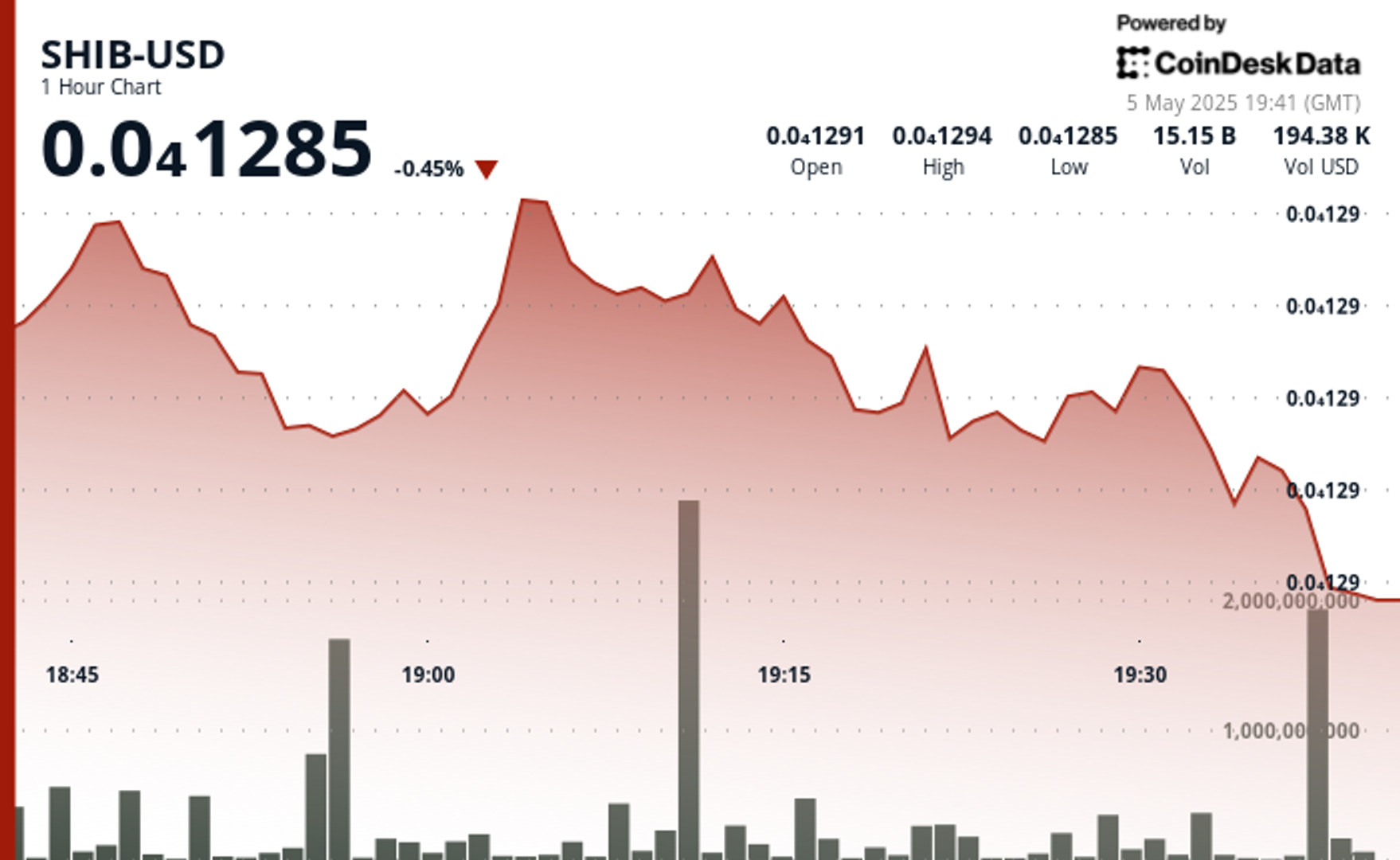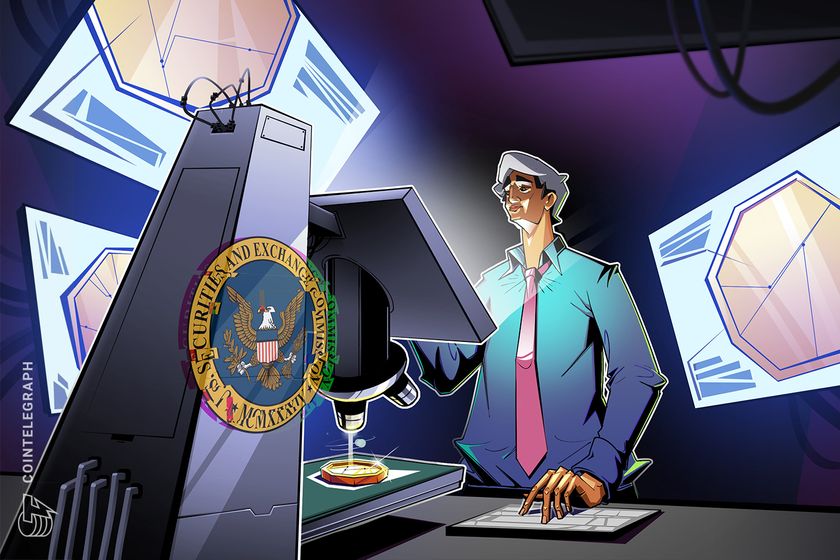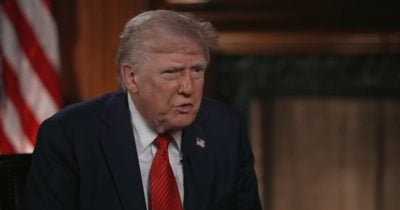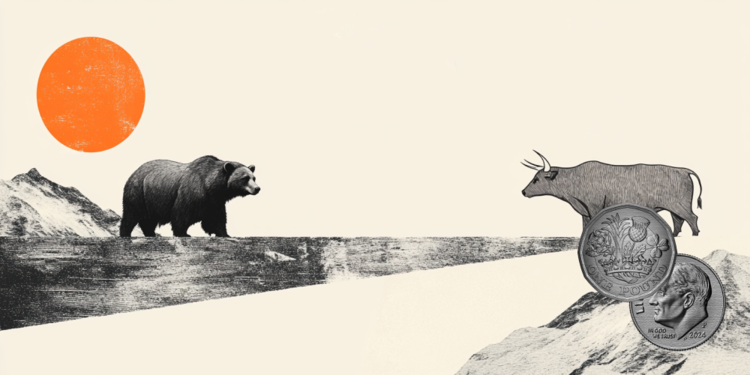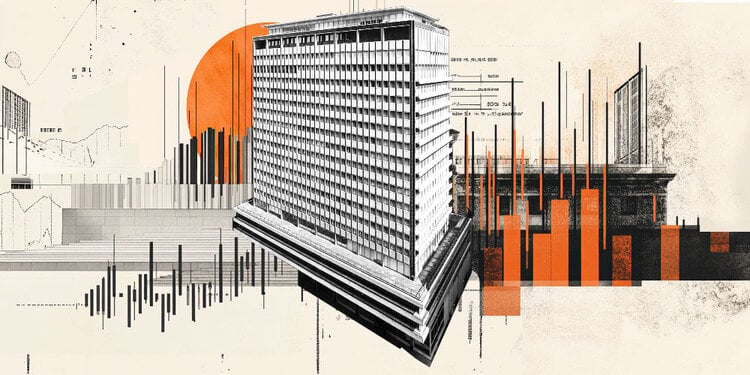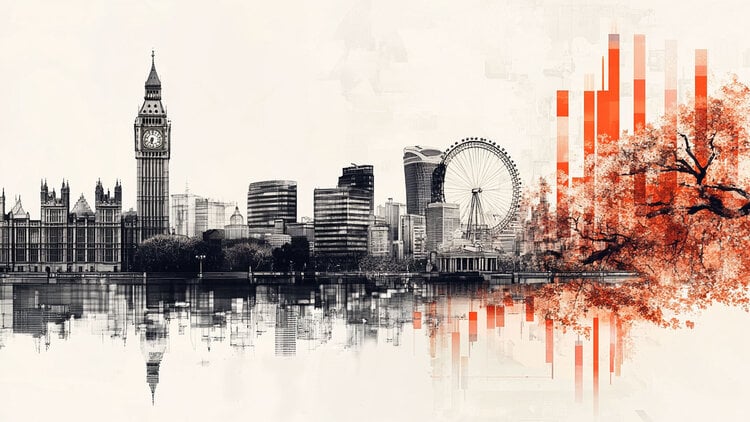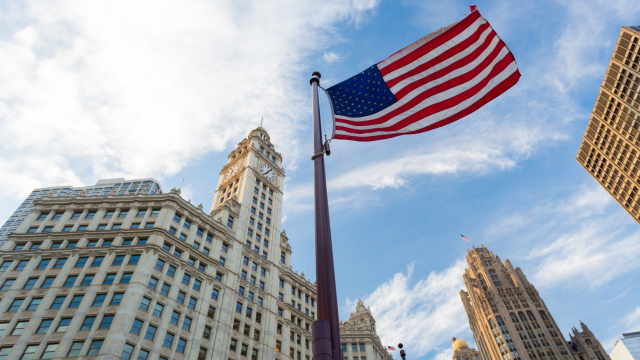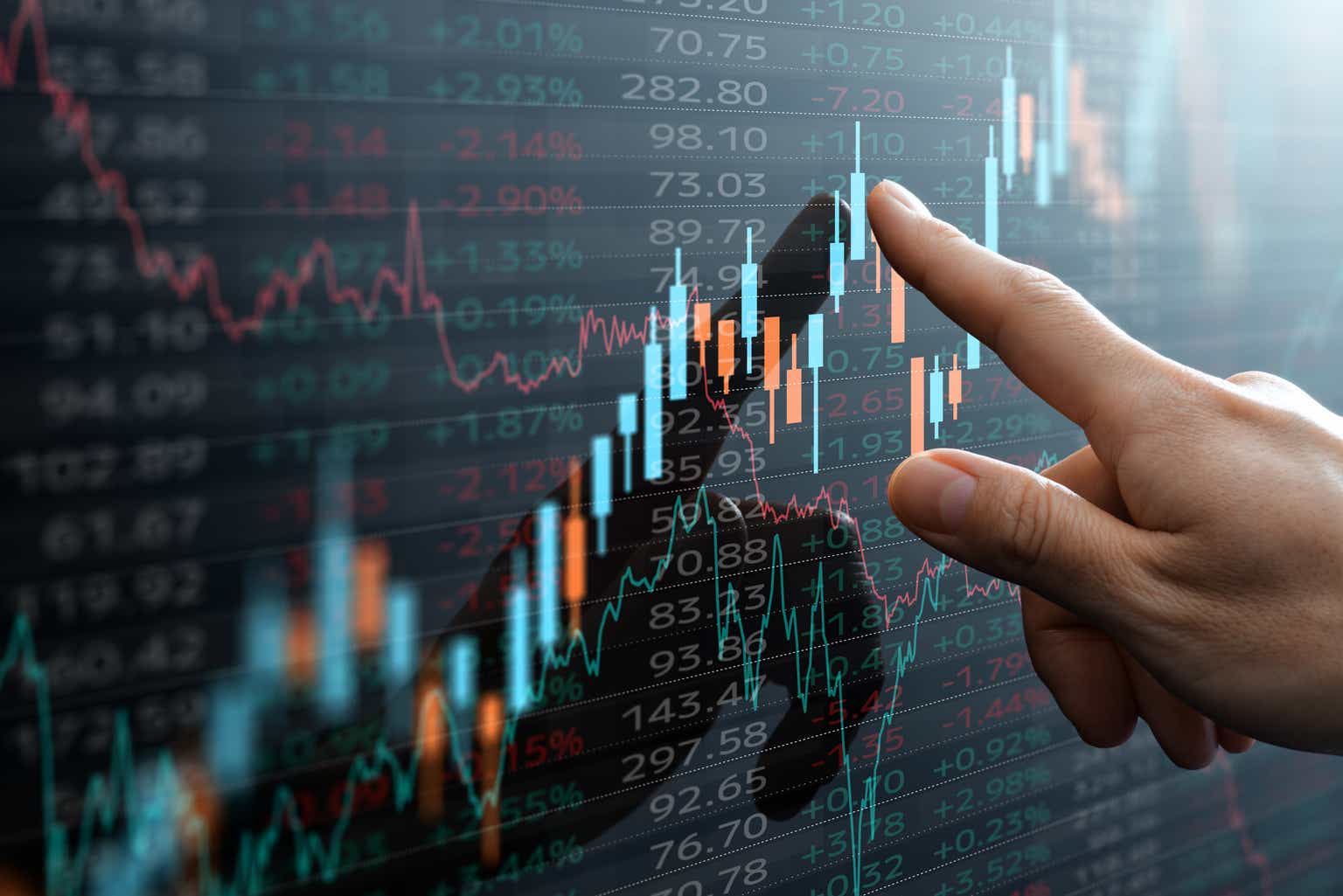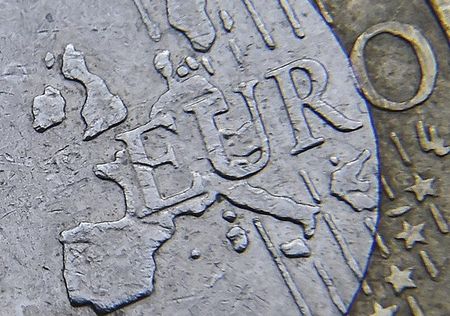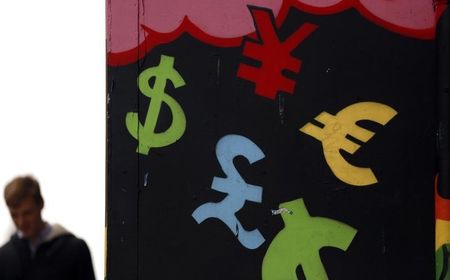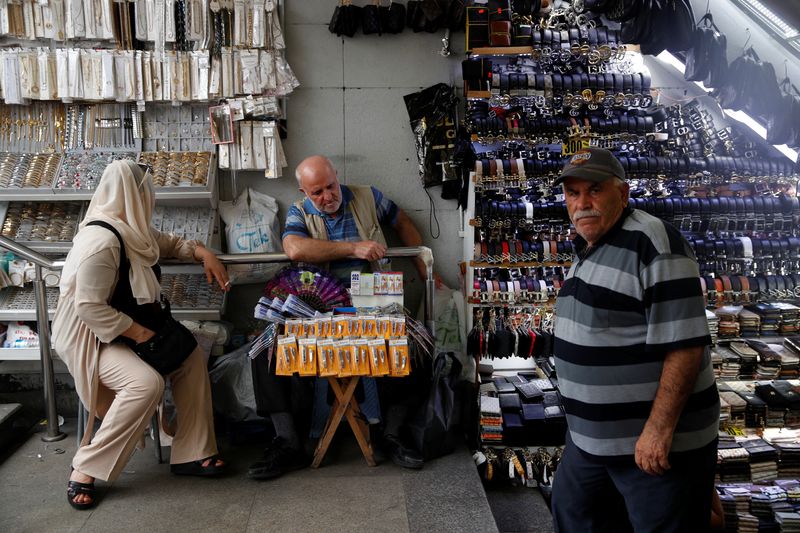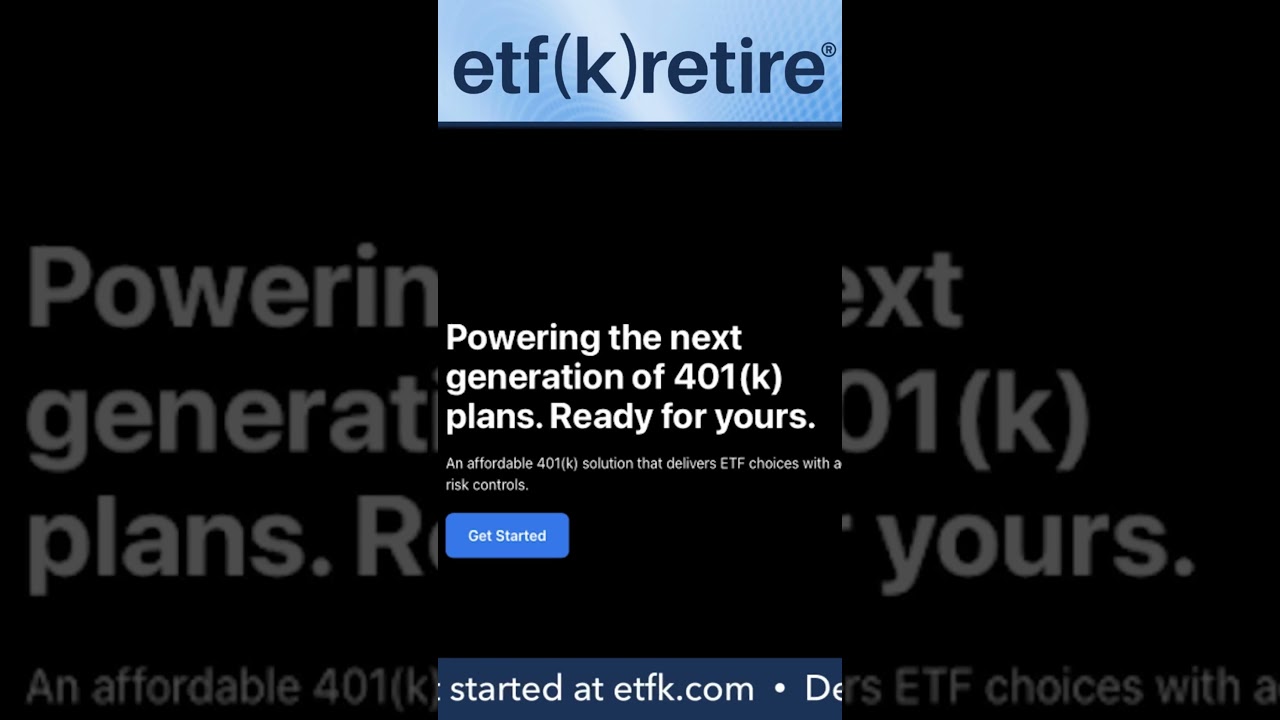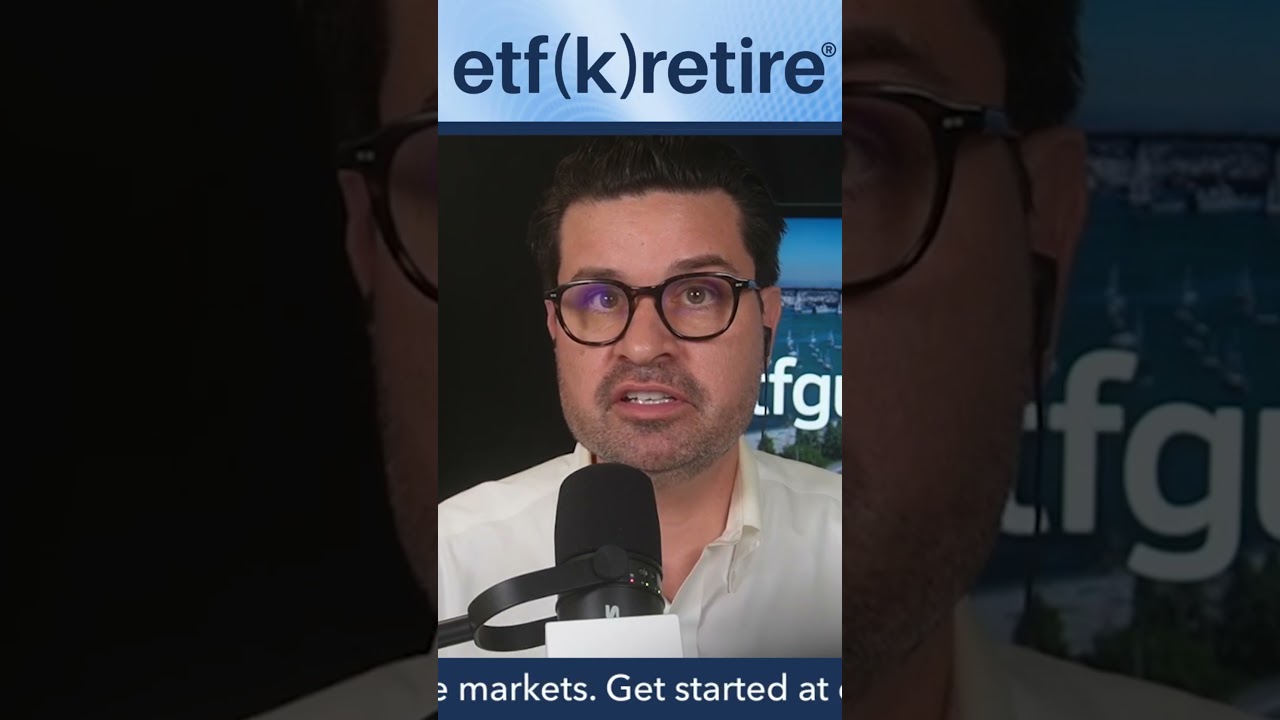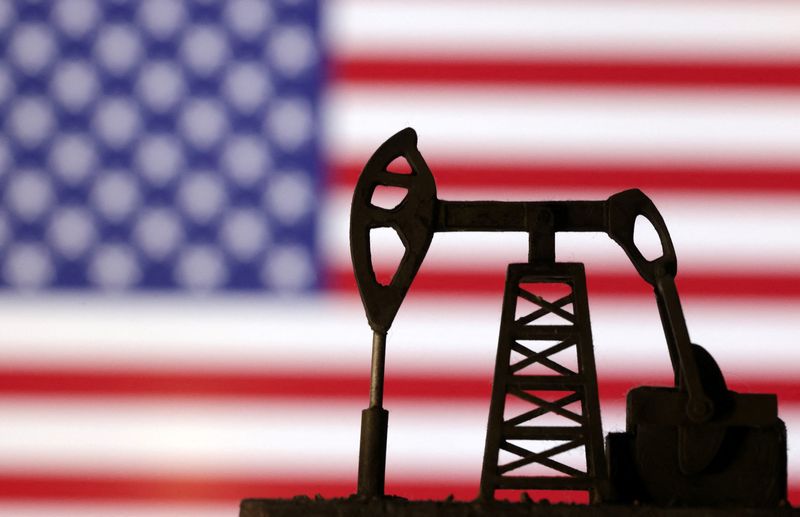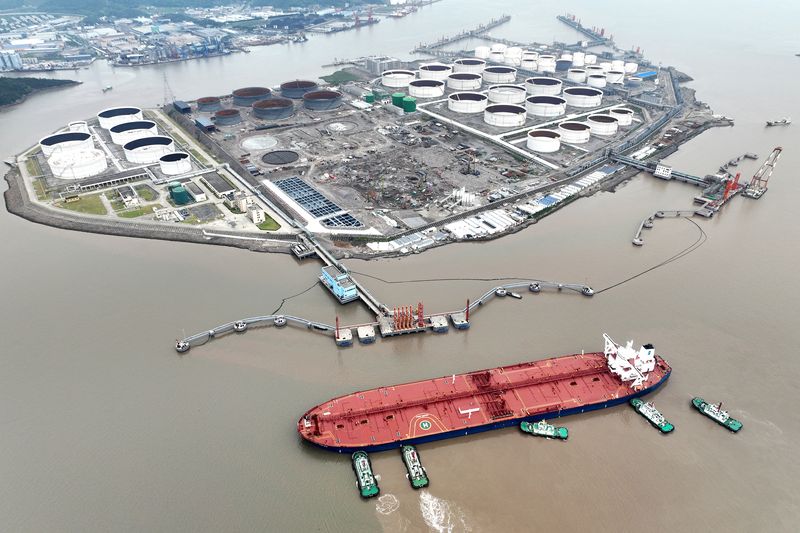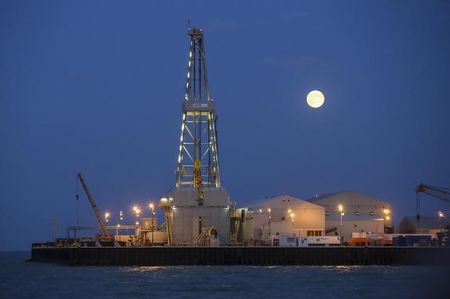Most companies put out one annual report.
Berkshire Hathaway (BRK.A) in effect posted
two today, which when printed will have just one gold-colored cover, signifying a Golden Anniversary.
The first report is for 2014: a good year, says CEO Warren Buffett, 84, but hardly perfect (we’ll get to that).
The second report covers Buffett’s 50 years of managing Berkshire. He lays out the company's “past, present and future” in a special section that could have been subtitled (though it wasn’t) “Mistakes I Made.” Berkshire vice-chairman Charles Munger, who has never before written for the annual report, contributes his own cerebral appraisal of his colleague's tenure, attributing part of Berkshire's success to Buffett’s “constructive peculiarities.” Here’s one he lists: “Buffett’s decision to limit his activities to a few kinds and to maximize his attention to them, and to keep doing so for 50 years, was a lollapalooza.”
Lollapalooza:
Slang, an extraordinary thing, event, or person; an exceptional example of something.
Here’s another lollapalooza, brought into public view by a quiet change in the report. To the performance table that has always contained only Berkshire’s book value per share and the S&P 500 index, Buffett has added the historical record of Berkshire’s stock price.
And there the record is, on the page facing Buffett’s shareholder letter: 50 years of percentage increases and declines in Berkshire’s stock, followed by two summations. For the half-century—for all the years of Buffett’s management—the price grew at a compound annual rate of 21.6%. The gain, overall, was 1,826,163%.
Quick note here: I, the writer of this article, have been a Berkshire shareholder for most of those years and still am. I have also been a friend of Buffett’s for more than 45 years and am the pro bono editor of his annual letter to shareholders.
About that remarkable overall gain: Though the statistic was always slated to be in the performance table, the first draft of Buffett's letter did not include it because that would have seemed like, well, bragging. But the omission also left one early paragraph making no sense. In time, Buffett faced up to logic and put the 50-year percentage into the letter.
There’s an inside story as to why Berkshire’s stock history has at this late date been inserted in the report, those reasons having to do with where the company has
been and where it now
is. Historically, after the hedge fund called Buffett Partnership Ltd. took control of Berkshire in 1965, Warren Buffett looked for a performance yardstick and decided that every year the company would publicly compare the rise or fall of its per-share book value to the S&P 500 index with dividends included.
For a number of years, that comparison made sense because Berkshire’s business was predominantly two things: insurance and, with the money made available by insurance, investments in common stocks. The values of these stocks were marked to market every quarter, and so, in effect, was their dollar contribution to book value. That made book a rational comparative to the S&P index. In an important additional fact, book value was then also fairly close to what Buffett calls the “intrinsic value” of Berkshire—that is, an estimate of the company’s true worth, regardless of what its financial statements indicate it to be.
Then, in the early 1970s, Berkshire slowly but very significantly changed its business strategy. It still made huge investments, true, but also began to purchase, in their entirety, operating companies. Among the first of these were the
Buffalo News and Blue Chip Stamps, and they were just the opening shots: Berkshire has never since stopped buying companies nor suppressed its ambitions of buying
big.
So what do you have after decades of acquisitions? You have Buffett unequivocally declaring: “Berkshire is now a sprawling conglomerate
, constantly trying to sprawl further.”
Berkshire is likewise the fourth largest company on the Fortune 500, with annual revenues of about $195 billion. Most of that intake comes not from investments but from more than 70 operating companies Berkshire has bought, among them such heavyweights as railroad Burlington Northern Santa Fe, Berkshire Energy (formerly called MidAmerican Energy), auto insurer GEICO, and half of ketchup purveyor
Heinz.
That large-scale shift to buying businesses not only rocketed Berkshire’s size, but also raised a big question (never discussed in the annual report, but occasionally raised at the company’s annual meeting) as to what its performance yardstick should be. Under GAAP accounting standards, the cost of an acquired company is
never revalued upward, which means any post-acquisition rise in that company’s intrinsic value never pumps up book value. So Berkshire’s book value became in time both an anemic figure and a poor indicator of how well the company was doing. In a corollary result, the comparison with the S&P 500 grew meaningless.
So why didn’t Buffett just explain the situation to his shareholders and do away with the comparison?
One reason, surely, is that more than 30 years ago, in his 1982 annual letter, Buffett derided businesspeople who set targets and then, confronted with unsatisfactory results, simply change the target. What those people do, Buffett said, is “shoot the arrow of business performance into a blank canvas and then carefully draw the bullseye around the implanted arrow.”
The new performance table in the annual report comes across as a sort of yardstick compromise. The S&P 500 results are still there—and indeed look like a set of targets that haven’t recently been hit. In all but one of the last five years (the exception was 2011), the S&P beat Berkshire’s book value. In 2014, the S&P index was up 13.7% against Berkshire’s rise in book value of 8.3%. Still, for the 50 years, Berkshire was the runaway leader: its book value-per-share was up 751,113% vs. 11,196% for the S&P.
And both of those figures pale, of course, against Berkshire’s market value rise of 1,826,163%.
A characteristic of that rise, Buffett says, is that it is “roughly equal” to the 50-year rise of Berkshire’s intrinsic value. Unfortunately for the curiosity of investors, that declaration doesn’t exactly undo Buffett’s longstanding refusal to divulge his estimates of intrinsic value. But since Berkshire’s market price has unquestionably grown enormously, his statement does certify that intrinsic value has done likewise. The stock market agrees: It currently accords Berkshire a market cap of about $367 billion, third-highest in the U.S., after
Apple (at a commanding $770 billion) and Exxon (at just under $380 billion).
And now switch your mind from the gigantic figures of the 50-year panorama to what Buffett called the “good year” of 2014. Berkshire’s revenues for the year were up 6.9%; its earnings per share, though, rose by only 2%, to $12,092 (against Class A shares that have recently been hovering above $223,000). Even so, that small rise in earnings certainly wasn’t what Buffett had in mind when he said 2014 had its problems. He has always rejected earnings-per-share as having any relevance to Berkshire’s results, since they do not include
unrealized capital gains and losses, which book value does include.
The core of Buffett’s dissatisfactions in 2014 was Berkshire’s biggest non-insurance company, railroad BNSF. It managed, yes, to increase earnings by a bit. But BNSF ran into countless operating difficulties that delayed grain, coal, and fertilizer shipments and, says Buffett, “disappointed many of its customers.” Buffett’s review of BNSF’s problems had a scolding tone, unusual for his annual report. He also resorted to italics to declare that BNSF must do “
whatever it takes” to restore top-grade service. “Whatever it takes” will include record capital expenditures, now underway. (For more on BNSF, click
here.)
Despite BNSF’s troubles, what Buffett calls Berkshire’s non-insurance “Powerhouse Five”—the railroad, Berkshire Hathaway Energy (BHE), toolmaker Iscar, chemical company Lubrizol, and manufacturing conglomerate Marmon—raised their pretax profits by nearly 15%. A complete earnings picture for BNSF and BHE is given in the annual report—their combined pretax earnings climbed by 11%—but the profits of the other companies are not, for competitive reasons, disclosed.
On the insurance side of Berkshire, “float”—insurance premiums intended to in time cover claims and expenses, but that in the interim are usable for other purposes—kept climbing, from $77 billion at the end of 2013 to $84 billion. That leaves Buffett wrong in his prediction a year ago that continuing gains in float were unlikely; he reasoned then that float would be diminished by certain “run-off” reinsurance contracts that Berkshire had on its books. He was right to an extent, but other parts of Berkshire’s insurance businesses picked up the slack. Buffett is happy to have been wrong.
The gains in float, Berkshire’s general prosperity, and the non-appearance of what Buffett sometimes calls an “elephant” acquisition left the company holding $63 billion in cash at the end of the year (up from $48 billion a year earlier). Buffett would class his failure to bag an elephant as just that, a failure. Still, it is hard to think of Berkshire’s huge holdings of cash as disastrous.
Buffett himself speaks of the importance of cash in the 50-year report, writing, “At a healthy business, cash is sometimes thought of as something to be minimized—as an unproductive asset that acts as a drag of such markers as return on equity. Cash, though, is to a business as oxygen is to an individual: never thought about when it is present, the only thing in mind when it is absent.”
In 2014, Buffett used some of Berkshire’s “oxygen” to increase its investment in one of its big holdings,
IBM (IBM). He put an additional $1.5 billion into the stock, raising Berkshire’s total IBM investment to $13.2 billion. He also bought at prices that left Berkshire’s existing cost-per-share, $170, virtually unchanged. Still, his investment in IBM has so far left him in the hole—as the media has wasted no time pointing out. Yesterday, IBM closed at $162.
Berkshire’s biggest new investment in 2014 was
Deere & Co. (DE), in which Berkshire’s annual report shows the company to have put nearly $1.3 billion. By year-end, Berkshire had accumulated a small profit in the stock.
One person sure to be pleased by the Deere investment is Warren Buffett’s son, Berkshire director Howard Buffett, who is a working farmer and a big admirer of Deere’s farm equipment. Howard (known to family and friends as “Howie”) is also his father’s candidate to become the next chairman of Berkshire when Warren can no longer fill the job. That doesn’t make Howard’s ascension automatic; the board of directors will decide who gets the job. But the chairmanship will then, in any event, strictly be a non-executive position. That is, one person will not be chairman and CEO, as Warren Buffett is today.
The question of who will follow Buffett as CEO remains uncertain (if, for no other reason, because this is not a man even remotely thinking about leaving). Even so, Berkshire’s new 50-year report has a fascinating description of what kind of person Buffett thinks should succeed him. Describing the CEO’s job as primarily one of capital allocation and the selection and retention of managers beneath him, Buffett says these duties also require the CEO “to be a rational, calm and decisive individual who has a broad understanding of business and good insights into human behavior.”
Obviously, this is Buffett doing a verbal “selfie.” As a long-time friend of his, I can testify that he fits that description.
I will qualify that just a bit: If his bridge partner—I’ve been there—makes a really ridiculous mistake, he has been known to abandon his calm.
Until she retired from Fortune last year, Carol Loomis was a senior editor-at-large on the magazine's staff.
Watch more business news from Fortune:
This story was originally featured on Fortune.com


